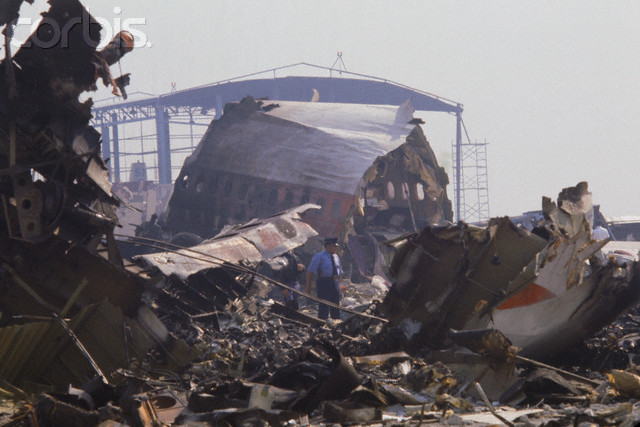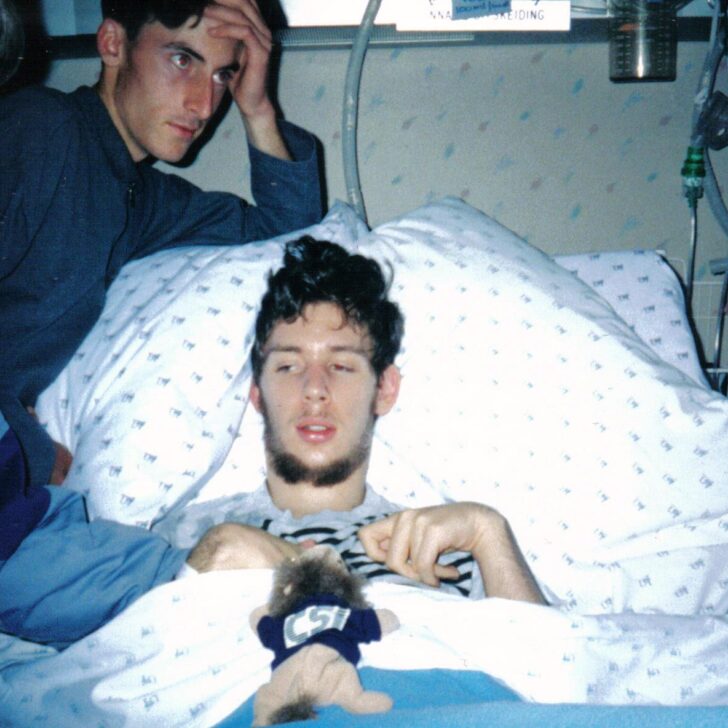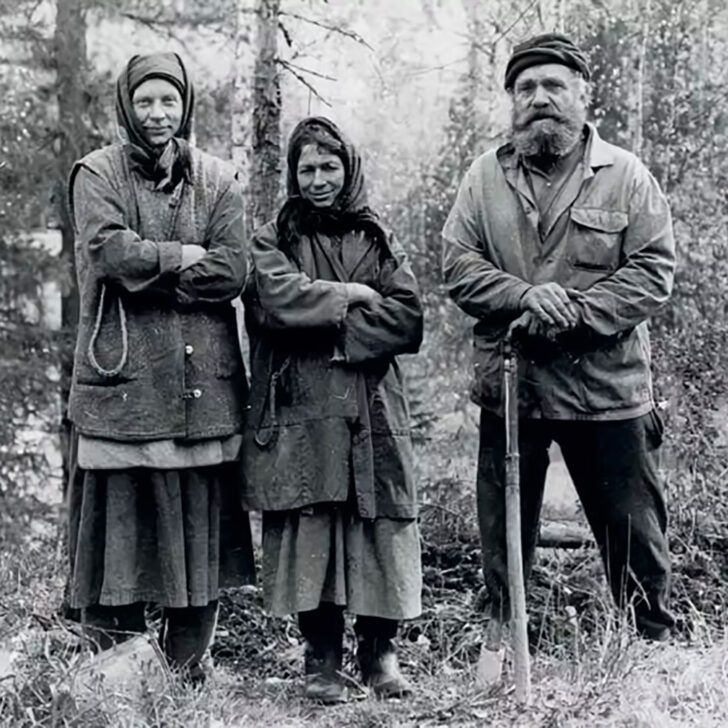It is estimated that at least 100,000 flights take off and land daily worldwide, putting the total estimated passengers at around 6 million.
According to the National Safety Council, there is a 1 in 9,737 chance of being involved in a plane crash and travelling by air is considered one of the safest options.
Even if your flight goes down, at least 90% of crashes are survivable, thanks to modern technologies and implementations. Unfortunately, there are a few crashes that prove to be fatal, such as the doomed flight of Western Airlines Flight 2605.


Take Off From LAX
October 31st 1979, Halloween, was set to be an ordinary day for Captain Charles Gilbert and his crew aboard Western Airlines flight 2605, a Douglas McDonnell DC-10-10 aircraft from LAX to Mexico City.
Charles had over 31,500 hours under his belt as a pilot, and he was considered extremely capable and safe. The other crew on board were also experienced, and Flight 2605 was just another day at the office for them, or so they thought.
At 01:40 AM, the plane took off from LAX, leaving the runway at breakneck speed. The flight was only due to last a few hours, and the passengers onboard took advantage of the red-eye flight to catch up on some sleep.
Other passengers gazed out the window and read their books, patiently waiting to touch down in Mexico City.
Everything onboard was reportedly normal. The cabin crew attended to passengers and kept the plane clean, and neither the pilot nor the co-pilot reported any abnormalities.
Hours later, before the sun had even risen, Flight 2605 was preparing to land at Mexico City Airport via Tepexpan. As they approached Mexico City, the pilots tuned into the air tower control’s radio frequency and waited for instructions.
They noticed that conditions had worsened as they moved into Tepexpan and Mexico City. Visibility was far lower than when flying over the U.S., and flying in the pitch black also did them no favours.
By 05:30 AM local time, Charles Gilbert was preparing his crew to land at the airport. Air traffic control had informed Charles that they would be landing on Runway 23R(right) as Runway 23L(left) was out of use.
Charles had landed on 23L numerous times before and felt comfortable landing at 23R, but there was a twist. Charles was instructed to take the flight path of 23L as if he was going to land there.
According to documents published after the accident, the air traffic control teams assumed that Charles would know to perform what is called ‘a side step manoeuvre’ which is when “a pilot takes an approach profile to closely spaced parallel runways in which the aircraft conducts the approach to one of the runways but lands on another.”
Touchdown At MEX
As Flight 2605 approached MEX, the conditions had worsened. The fog had crept over the runways, and visibility was almost zero.
The lights to 23L had been turned off, as it was out of use, but when asked if he could see the lights to 23R, Charles coldly replied, “Negative”.
At around 05:42 AM, Flight 2605 touched down at MEX, but the plane touched down on 23L, not 23R, as instructed. Realising the mistake, Charles could be heard saying to his co-pilot in the cockpit recording, “No, this is the approach to the goddamned left.”
It was too late. The plane screeched onto the runway, with the left side hitting the grass verge, whilst the right was on the out-of-action runway.
Charles attempted to re-elevate the plane and manoeuvre it around to the parallel runway. In the chilling cockpit audio, the co-pilot can be heard saying, “Yeah, climb to 8500 and…” before a large crashing sound cuts him off.
The right side of the plane, which was on Runway 23L, had collided with a cargo truck that contained 10 tonnes of earth.

The impact was instantly fatal for the driver of the truck, and the right-side landing gear had been completely detached from the plane. Other parts of the right-hand side had been severely damaged, and Charles Gilbert had been thrown from his seat.
The distressing audio captures the co-pilot screaming at Charles to get up as the plane’s engines and throttle systems were still engaged, which meant the aircraft was continually elevating, as though it was about to take off.
The sheer force of the crash had sent the plane sideways, rolling right over Runway 23R. The plane continued hurling across the runways, first crashing into a hangar.
The plane did not stop there, and it was sent hurtling further into the Eastern Airlines building. Shortly before impact, Charles Gilbert could be heard shouting “Jesus Christ” before the air was filled with harrowing screams.
The audio cuts off as the plane smashed into the side of the building, subsequently bursting into flames.
Aftermath
The impact completely demolished the building, causing even more chaos. Within minutes, people were out on the runway, screaming for emergency services to intervene.
An hour after Flight 2605 had first touched down at MEX, over 100 firemen, Red Cross workers, police and Air Force rescue workers were at the scene, desperately looking for survivors.
The Washington Post reported, “By 6:45AM, one hour after the accident, workers were still climbing among the twisted steel of the fuselage and the smashed concrete of the buildings.
A row of about 30 bodies, many unrecognisably burned were lined up in a close compound of the post office building next to the wreck.” It was also reported that a chunk of the plane’s left wing had flown over 100 yards, stopping only when it came into contact with a house.
First responders recalled seeing several passengers desperately trying to crawl from the wreckage, using only their upper bodies as the crash had mangled their legs.
In total, 11 crew members, 61 passengers and one other person (cargo truck driver) perished as a result of the crash.
13 passengers received severe and life-changing injuries, with one young woman (survivor) telling reporters, “People in the plane were fully aware that we were crashing. People screamed, it was like being in hell.” 8 souls onboard could not be located and were presumed dead.
Many of the bodies recovered from the wreckage were burnt beyond recognition, and forensic teams relied on dental records to identify them, a common procedure in mass disasters. Their bodies were repatriated to their homelands, where their families were able to bury them.
In the aftermath of the crash, the ICAO – International Civil Aviation Organisation – issued ‘Circular 173-AN/109’, which contains details of the crash and the failings of those in the air and on the ground.
In one section, they mention, “The aircraft’s crew did not comply with the procedural minima for the approach which it had been cleared, in that the crew decenced below the minima without reporting the runway in sight or initiating a go-around procedure.”
The report records the probable cause as “Non-compliance with the meteorological minima for the approach procedure, as cleared; failure to comply with the aircraft’s operating procedures during the approach phase and landing on a runway closed to traffic.”
In the wake of Flight 2605’s disastrous crash, new laws and legislations were drafted to prevent such an event from happening again. Pilots and crews in airports across the world were re-briefed on safety and landing procedures.
Sources
https://registry.faa.gov/AircraftInquiry/Search/NNumberResult?nNumberTxt=N903WA
https://www.planecrashinfo.com/1979/1979-48.htm
https://www.ladbible.com/news/pilot-last-words-deliberate-crash-150-deaths-773774-20230519













Leave a comment